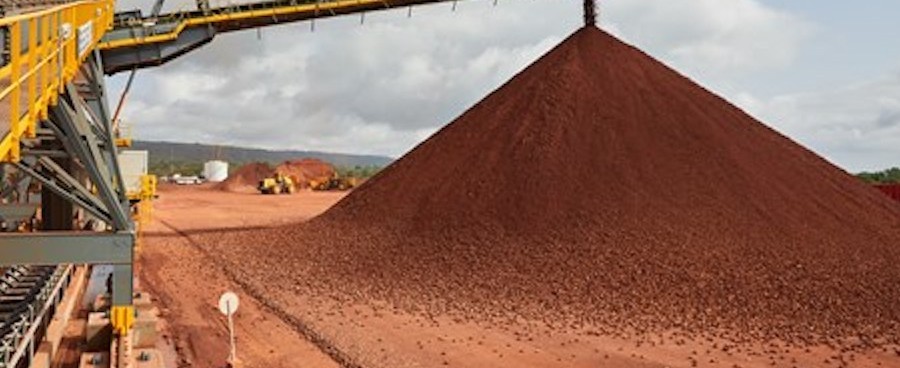(3 Minutes Read)
Guinea, the second-largest bauxite producer globally, faces a crucial challenge in processing its bauxite locally. The government, led by Mamadi Doumbouya, must secure large quantities of clean energy to meet the growing global demand for low-carbon aluminium. Aluminium is essential for industries like renewable energy, electric vehicles, sustainable construction, and packaging. The International Renewable Energy Agency (IRENA) predicts a 30% rise in aluminium demand by 2030.
IRENA’s April report outlined strategies for achieving carbon neutrality in the aluminium industry through renewable energy. The report pointed out that the aluminium sector accounts for approximately 2% of global greenhouse gas emissions. To meet climate targets, emissions must decrease by 95% by 2050, which can only be achieved if 90% of electricity comes from renewable sources.
According to the report, platforms like Fastmarkets and S&P have started tracking low-carbon aluminium in Europe. In contrast to the past, where aluminium was traded on platforms such as LME, SHFE, and NYMEX without environmental concerns, low-carbon aluminium now carries a premium for its sustainability. Low-carbon aluminium is defined as having a carbon intensity of less than 4 tonnes of CO₂ per tonne produced (scope 1 and 2).
If major companies and investors start considering carbon footprints in their decisions, it could create a divide between “clean” producers and others, providing competitive advantages to countries that combine local production with renewable energy. For nations exporting alumina or aluminium, competitiveness may increasingly depend on the carbon footprint of production, not just processing capacity.
Since 2022, Guinea has been working to move up the bauxite value chain. Under Doumbouya’s leadership, mining companies have been required to submit plans for local processing. This has led to a USD 4 billion deal with Emirates Global Aluminium to construct a 1.2 million-tonne-per-year alumina refinery. China’s SPIC is also building a similar refinery in Boffa, with a USD1.03 billion investment.
These efforts aim to increase the value of Guinea’s bauxite exports, which are expected to surpass 140 million tonnes by 2024. Alumina, processed from bauxite, is currently worth four to five times more than raw bauxite on the London Metal Exchange (LME). The alumina industry could be valued at $66 billion by 2035, according to Roots Analysis.
Refining bauxite into alumina and aluminium requires enormous energy: producing one tonne of aluminium consumes about 3,000 kWh, compared to just 34 kWh for extraction. However, Guinea’s electrification rate is low—44.1% nationwide and 19.3% in rural areas as of 2022—limiting access to power and industrial growth.
Read Also:
https://trendsnafrica.com/guinea-to-hold-constitutional-referendum/
To address this, Guinea is heavily investing in renewable energy projects, including hydroelectric plants such as Garafiri (75 MW), Kaléta (240 MW), Souapiti (450 MW), and Amaria (300 MW). In September 2024, Gigawatt Global will also develop two photovoltaic plants with a combined capacity of 50 MW and a USD 90 million investment. Guinea also launched its first grid-connected solar project in 2021, the Khoumagueli plant, with a 40 MW capacity.
Guinea will need additional renewable energy initiatives to maintain competitive alumina production for low-carbon markets. Integrating carbon constraints into industrial plans could ensure the country’s future exports and establish it as a key player in the growing green aluminium sector.





